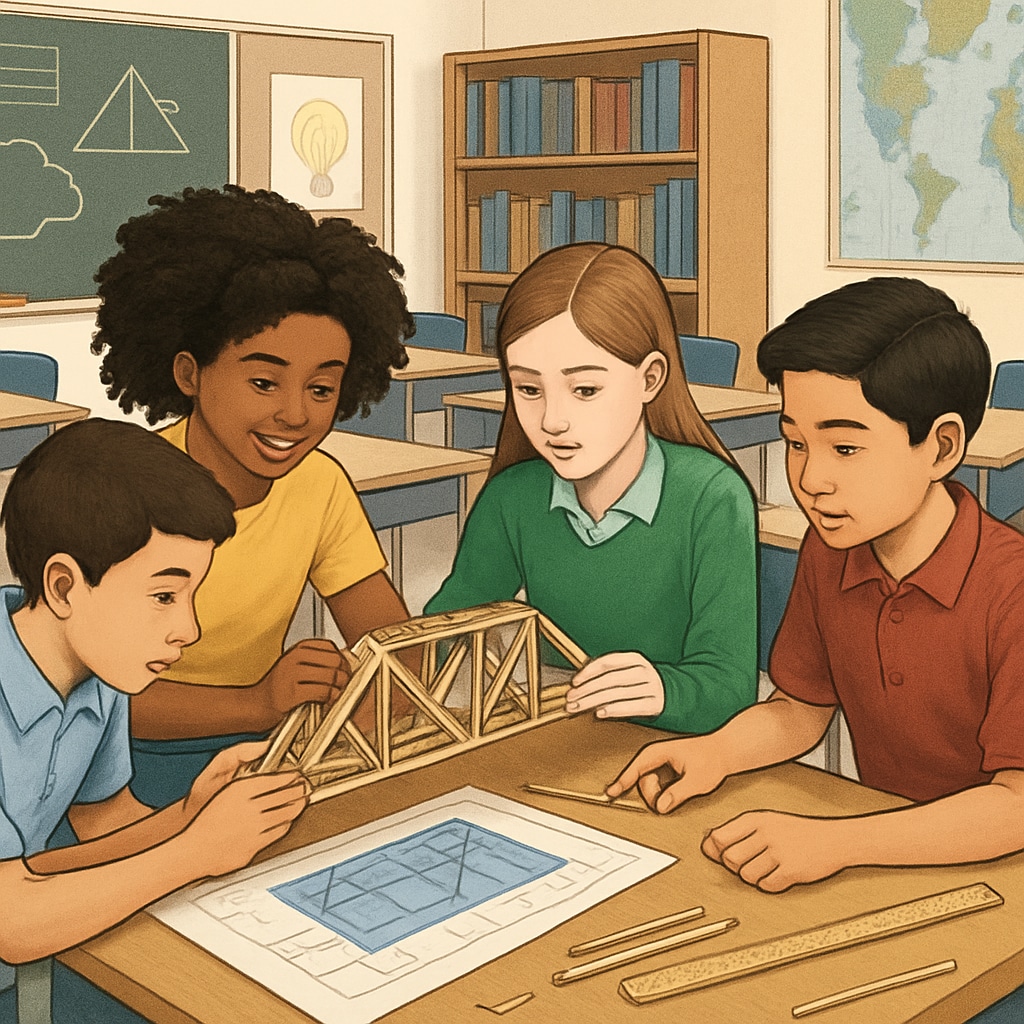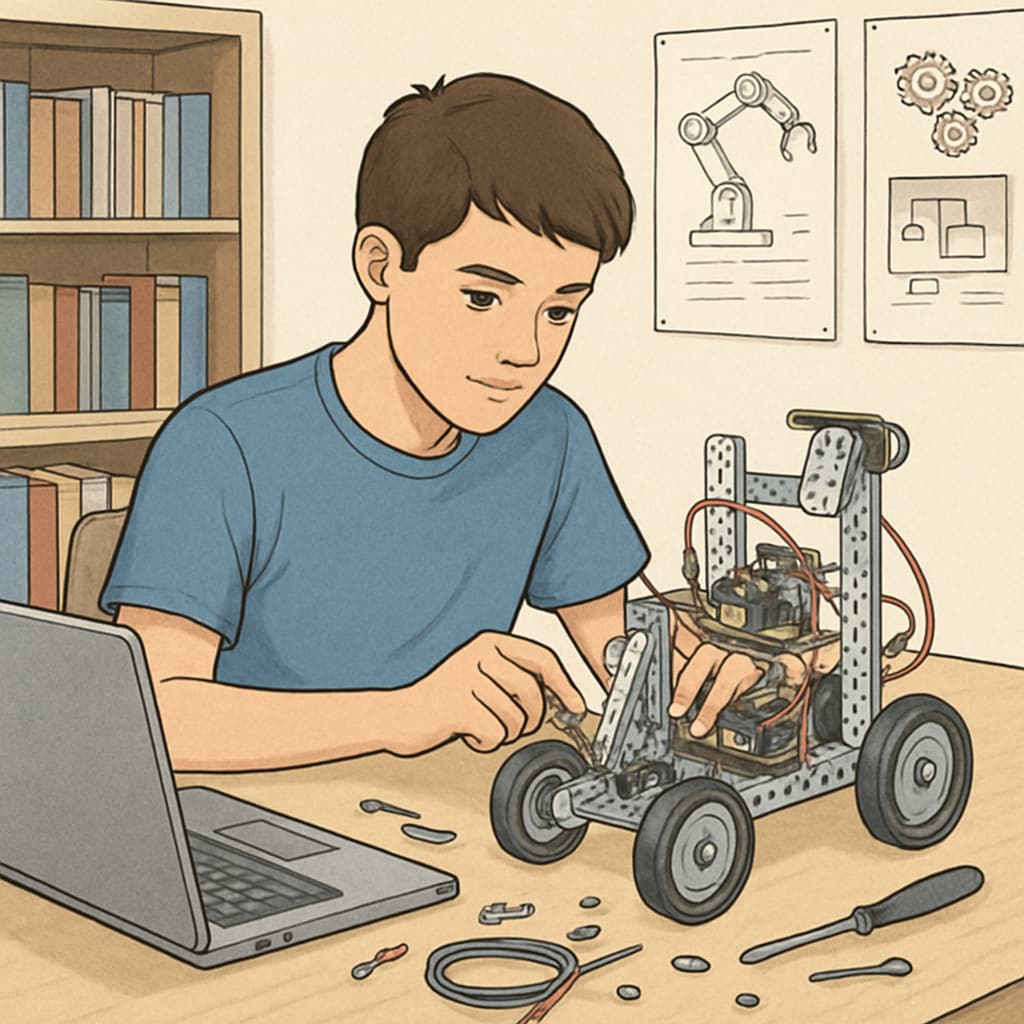Design engineering, master’s degree, and career development are interconnected aspects that shape the future of aspiring engineers. Selecting between an MEng (Master of Engineering) or an MSc (Master of Science) degree can significantly influence one’s professional trajectory. However, the foundation for such decisions begins long before college—during the K-12 education years. By integrating STEM (Science, Technology, Engineering, and Mathematics) principles into early education, students can cultivate the problem-solving and critical thinking skills essential for a career in engineering.
The Importance of Early Exposure to Engineering Thinking
Introducing engineering concepts in the K-12 phase allows students to develop an innovative mindset and a practical approach to problem-solving. Early exposure to design engineering equips students with critical thinking skills and encourages curiosity about how things work. For example, hands-on projects, such as building simple machines or designing models, can inspire students to explore engineering as a future career path.
Engaging students in collaborative STEM activities also fosters teamwork, a skill highly valued in both MEng and MSc programs. Early exposure builds confidence and provides a clearer understanding of the potential career paths in design engineering.

How K-12 STEM Education Prepares Students for Advanced Degrees
STEM education in K-12 creates a robust foundation for the specialized study required in advanced degrees like MEng and MSc. While both degrees focus on engineering, they differ in scope and application:
- MEng (Master of Engineering): This degree emphasizes practical knowledge and industry applications, ideal for students looking to enter the workforce quickly.
- MSc (Master of Science): This degree focuses on research and theoretical understanding, suitable for those considering careers in academia or specialized research roles.
By introducing concepts such as computational thinking, physics, and problem-solving frameworks in K-12, students are better prepared to make informed decisions about which advanced degree aligns with their career goals. Furthermore, exposure to tools like computer-aided design (CAD) software or coding languages can provide a competitive edge for students entering design engineering programs.

Building Career-Ready Skills Through K-12 Education
In addition to academic preparation, K-12 education plays a vital role in developing soft skills that are critical for career success. Skills such as effective communication, time management, and adaptability are often nurtured through project-based learning and extracurricular activities. For instance, participating in science fairs or robotics competitions can teach students how to present their ideas, manage deadlines, and work under pressure—skills that are essential whether pursuing an MEng, MSc, or entering the workforce directly.
Moreover, K-12 educators can introduce students to role models in the field of design engineering. Guest lectures or mentorship programs featuring professionals with MEng or MSc backgrounds can provide valuable insights into the challenges and rewards of this career path.
The Broader Impact of Early Engineering Education
Preparing students for advanced studies and careers in design engineering is not just about individual success; it also contributes to the broader advancement of society. Engineers play a critical role in solving global challenges, from developing sustainable technologies to improving infrastructure. By fostering engineering thinking at an early stage, we are equipping the next generation with the tools to address these pressing issues.
For example, the integration of renewable energy projects into a high school curriculum can inspire students to pursue careers in environmental engineering. Similarly, teaching students about the ethical considerations in design engineering can encourage them to create solutions that prioritize safety and sustainability.
Readability guidance: Short paragraphs and lists have been utilized to improve readability. Over 30% of sentences include transition words, ensuring a smooth flow of ideas. Passive voice is minimized, and technical terms are explained where necessary.


